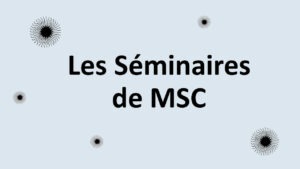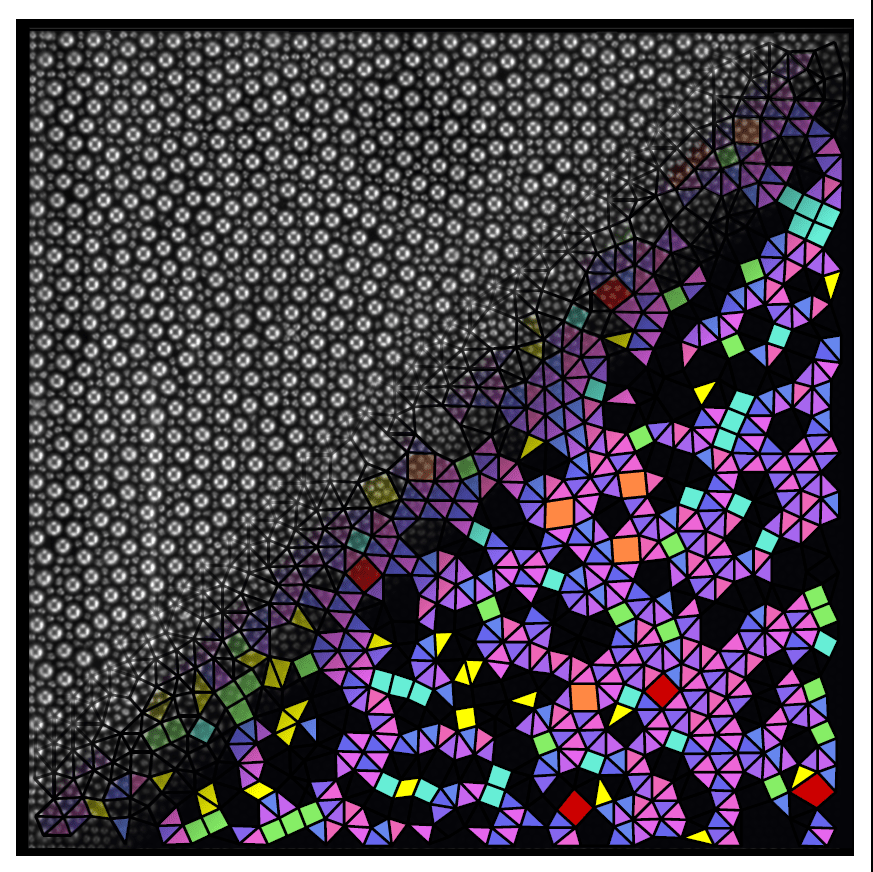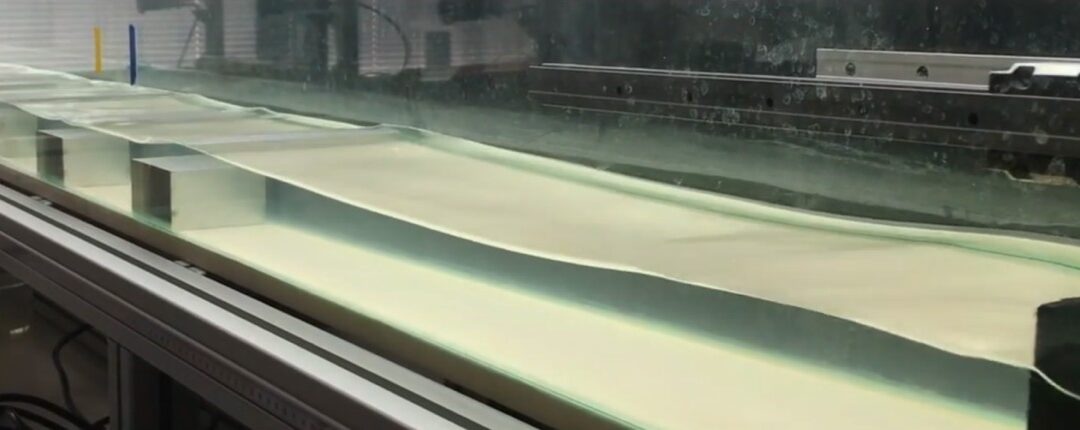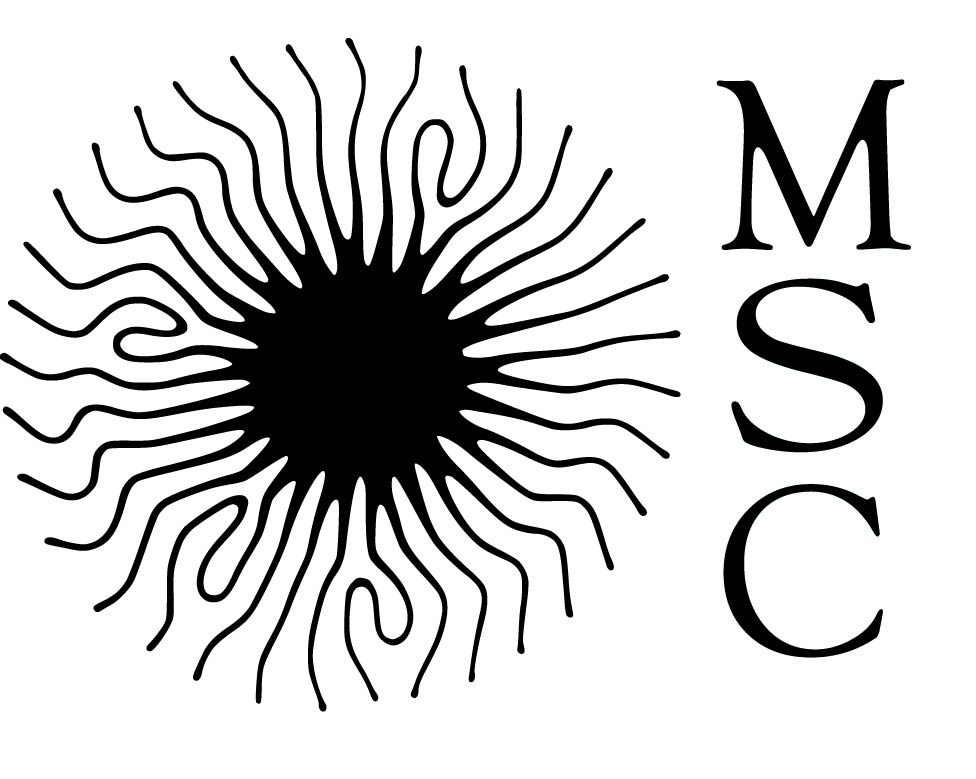
Monday, December 9th, 11h30, Room 454 A, Condorcet Building.
Andrea Plati
Laboratoire de Physique des solides
CNRS
Université Paris Saclay
Self-assembly and nonequilibrium dynamics in vibrated granular materials
Abstract:
Granular materials can be defined as large assemblies of macroscopic (≥ 10 μm) particles (i.e. the grains). When external energy is applied to these systems, they can reach a non-equilibrium steady state (NESS), where the statistical properties of the dynamics remain constant, but the time reversal symmetry is broken by forcing and dissipative mechanisms. The main idea of my talk will be to show how granular materials subjected to mechanical vibration can realise NESSs where equilibrium-like and nonequilibrium phenomena are deeply intertwined.
First, I will report on our experimental study of the self-assembly processes of binary mixtures of grains vibrated on a substrate. Starting from a disordered configuration, and depending on the size ratio and number proportions of the two grain species, we observed the spontaneous self-assembly of quasi-crystalline structures [1] and periodic square crystals [2]. Remarkably, this follows predictions from the equilibrium phase diagram of a hard disk model following conservative dynamics. We have also obtained experimental conditions that realise a stable coexistence between the square crystal phase and a granular amorphous fluid. Using numerical simulations, we showed that the observed phenomenology resembles that of a first-order equilibrium phase transition, but with the two phases coexisting at different effective temperatures, which is a striking nonequilibrium effect. Unexpectedly, the denser crystalline phase is hotter than the less dense liquid phase. Through qualitative arguments and supported by kinetic theory, we elucidate the role of the coupling between local structure and energy transfer mechanisms in maintaining kinetic temperature gradients across the fluid-crystalline interface.
In the last part of my talk I will discuss how, by changing the external driving parameters and considering dilute monodisperse systems, our setup can also be used as a playground for the study of absorbing phase transitions and hyperuniform fluids. I will summarise theoretical and numerical results [3,4] and present some preliminary experimental attempts.
[1]: A. Plati, R. Maire, E. Fayen, F. Boulogne, F. Restagno, F. Smallenburg, and G. Foffi, Nat. Phys. 20, 465–471 (2024)
[2]: Self-assembly and non-equilibrium phase coexistence in a binary granular mixture (in preparation)
[3]: R. Maire, A. Plati, M. Stockinger, E. Trizac, F. Smallenburg, G. Foffi, Phys. Rev. Lett. 132, 238202 (2024)
[4]: R. Maire, A. Plati, J. Chem. Phys. 161, 054902 (2024)

À lire aussi

Comment un soliton se propage-t-il dans un milieu désordonné ?
Un soliton est une onde confinée dans l'espace qui se propage sur de longues distances sans se déformer, car les effets de dispersion (qui étalent l'onde) sont compensés par les effets non linéaires (qui raidissent son front). Les solitons apparaissent dans de...

Un modèle simple de lévitation magnétique
Comment se fait-il qu’un aimant puisse léviter simplement en étant placé à proximité d'un autre aimant en rotation rapide ?Récemment, une nouvelle manière de faire de la lévitation magnétique – c’est-à-dire de maintenir un objet dans les airs en utilisant les...

Ça cavite sur France Culture
L'émission radiophonique "La science, CQFD" du 8 octobre dernier s'intéressait à la bioacoustique végétale, un domaine dans lequel la cavitation joue un rôle important. Ce fut l'occasion d'un reportage au laboratoire MSC, auprès de nos experts Valentin Leroy et Adrien...

Lien entre la structure et la rhéologie de dispersions de feuillets d’oxyde de graphène
Des chercheurs du laboratoire MSC ont étudié la structure de dispersions de feuillets d'oxyde de graphène en fonction de leur concentration et du pH. L'étude a notamment montré qu'une augmentation du pH donnait des feuillets moins larges, ce qui s'accompagnait d'une...
